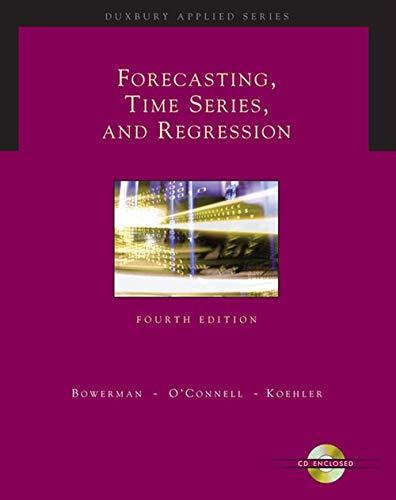Answered step by step
Verified Expert Solution
Question
1 Approved Answer
(2) While the exact distribution of the shearing stresses in a hollow cylindrical shaft is as shown in Fig. (a), an approximate value can

(2) While the exact distribution of the shearing stresses in a hollow cylindrical shaft is as shown in Fig. (a), an approximate value can be obtained for Tmax by assuming that the stresses are uniformly distributed over the area A of the cross section, as shown in Fig. (b), and then further assuming that all of the elementary shearing forces act at a distance from O equal to the mean radius [rm = (c1 + C2)] of the cross section. This approximate value to = T/Arm, where T is the applied torque. Tmax (a) C2 (b) (a) Express the ratio Tmax/To of the true value of the maximum shearing stress and its approximate value to as a function of C1/C2. (b) Calculate and plot (using Excel or Matlab) the ratio Tmax/To for values of c/c2 ranging from 0 to 1 in steps of 0.05. (c) From the plot, estimate the maximum (Tmax/To) ratio and the corresponding c/cz value, then calculate the maximum error (in %) associated with the uniform stress assumption. [Hint: When plotting, set the x-axis (C1/C2) range from 0 to 1 and the y-axis (Tmax/To) range from 0.95 to 1.25]. (d) The thickness of the so-called "thin-walled hollow cylindrical shafts" is typically less than 1/20 of the diameter. Based on the above analysis, do you think it is reasonable to assume uniform shear stress distribution in such shafts? Briefly justify your answer.
Step by Step Solution
There are 3 Steps involved in it
Step: 1

Get Instant Access to Expert-Tailored Solutions
See step-by-step solutions with expert insights and AI powered tools for academic success
Step: 2

Step: 3

Ace Your Homework with AI
Get the answers you need in no time with our AI-driven, step-by-step assistance
Get Started


